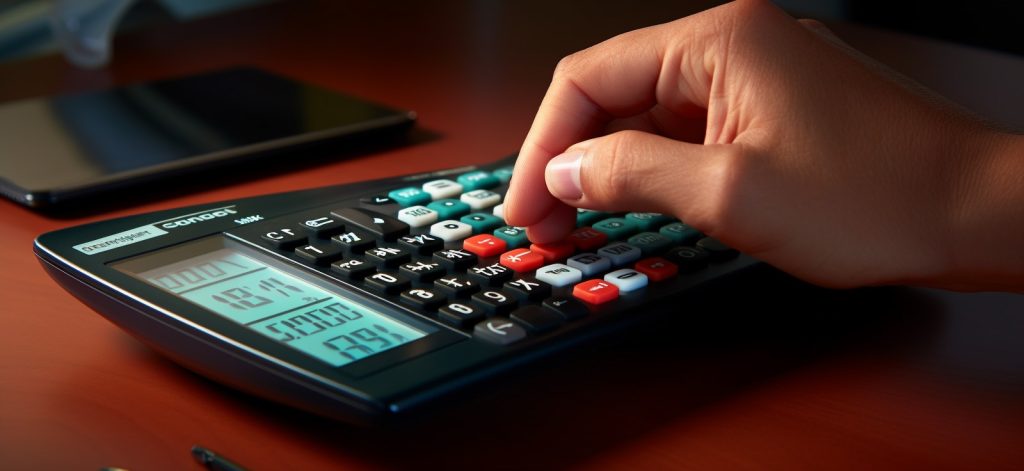
Percentages are everywhere in our lives: from discounts in stores to interest rates on loans. But sometimes it can be difficult to quickly calculate a percentage in your head. In this article, we’ll look at simple steps that will help you easily and quickly calculate percentages.
What is a percentage?
A percentage is a way of expressing a ratio or fraction as a whole number. When we talk about percentages, we usually mean a part of a whole, expressed in hundredths. For example, if you have 20 apples out of 100, you can say you have 20% of all the apples. The word “percentage” comes from the Latin “per centum”, which literally means “for each hundred”. This illustrates the basic idea of percentages — they represent a part of a whole, divided into 100 equal parts.
Now that we know what a percentage is, let’s figure out how to calculate a percentage in various situations.
How to calculate a percentage?
Calculating a percentage is a simple process that consists of two main steps:
- Determine the whole: This is the number from which you want to find a percentage. For example, if you want to find 20% of 50, then 50 is your whole number.
- Multiply the whole by the percentage: The percentage you want to find should be expressed in decimal form. To convert a percentage to a decimal, simply divide it by 100. That is, 20% becomes 0.20 (20 ÷ 100 = 0.20). Then multiply your whole number by the decimal percentage. In our example, this would be 50 * 0.20 = 10.
Thus, 20% of 50 equals 10.
Examples of calculating percentages in everyday life
Example 1: Discounts in a store
Suppose you see a pair of shoes that costs $100, and it’s offered at a 20% discount. How many dollars will you save?
The whole number here is the cost of the shoes, $100. The percentage is the discount rate, 20%, or 0.20 in decimal form. Multiplying 100 by 0.20, we get $20. So, you will save $20 on this pair of shoes.
Example 2: Interest rates on loans
Let’s say you take out a loan of $5000 at an annual interest rate of 5%. How much interest will you pay in a year?
The whole number here is the loan amount, $5000. The percentage is the interest rate, 5%, or 0.05 in decimal form. Multiplying 5000 by 0.05, we get $250. So, you will pay $250 in interest in one year.
Applying percentages in real life
Remember, understanding percentages can help you make informed decisions in various aspects of your life, from shopping to financial planning. So, take some time to practice calculating percentages – it’s a skill that will definitely come in handy!
At Haknem School, we strive to make learning alive and relevant. We want you to be able to apply the knowledge you gain in real life, which is why we try to provide practical examples and explain where and how the concepts being studied can be used. We hope this article has helped you better understand how to calculate percentages. If you have any additional questions, feel free to ask in the comments! Join us at Haknem School, where learning becomes alive and relevant, because “Haknem it’s about real life 🌱”.




